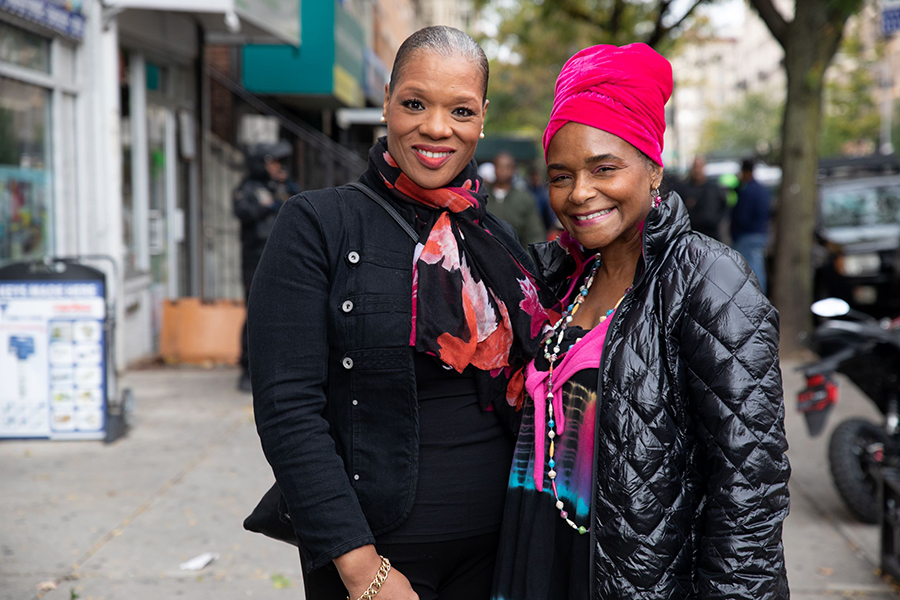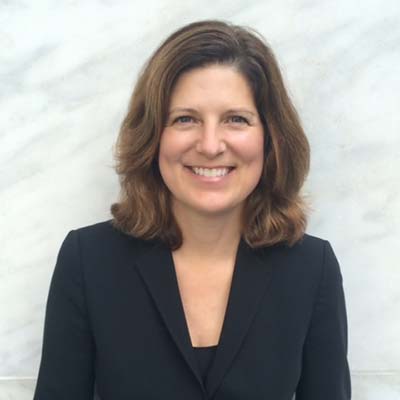When David Gough needs to be inspired, he thinks of people like Shanté, a custom jewelry entrepreneur in Newark, NJ; Alfa, who owns and operates a beauty and skincare salon in Miami; and Shirley, a gourmet popcorn proprietor in Fresno, CA.
They are among tens of thousands of women across the United States who took their entrepreneurial dreams and turned them into reality with the help of Grameen America, a nonprofit provider of microloans, financial training, and support to its borrower members.
“Our borrowers are resilient, and they have great business ideas; they just need a little capital to make them happen,” said Gough, Grameen America’s Executive Vice President and Chief Financial Officer. “It’s inspiring to see what an impact a small loan can make in the lives of women and their families.”
A Hand Up
Since its founding in 2008, Grameen America has loaned more than $2.4 billion to over 150,000 women, replicating a business model that was developed by Muhammad Yunus, a Bangladeshi economist and civil society leader who was awarded the Nobel Peace Prize for founding the Grameen Bank and pioneering the concepts of microcredit and microfinance.
Grameen America focuses on women who live below the federal poverty line—a group with few options for accessing capital, opening bank accounts, or establishing credit scores. It has remained faithful to Yunus’ original methodology, which requires women to form a support group and go through training to learn about loans, savings, and credit building before receiving a microloan. Initial loans cannot exceed $2,000, and borrowers make weekly payments over a 6-month term.
Borrowers open free savings accounts with commercial banks and make weekly deposits as part of the program. Grameen also reports microloan repayments to Experian, helping the entrepreneurs establish a credit score and build their financial identity.
But the secret sauce of Grameen’s program is the weekly center meeting, during which about 35 entrepreneurs meet with a relationship manager. Appointments are mandatory, and attendance is taken. Members must bring proof of repayment of that week’s installment, and they participate in financial literacy training designed to help their businesses succeed and enable financial mobility out of poverty.
The weekly meetings create a peer-to-peer learning environment that nurtures success. “Our members learn the discipline of borrowing money, they see everybody else in a similar position, and they share what they’re doing with the money,” says Gough. “You have this wonderful social capital model that gets developed. We would lose that if we were just giving the money out without any accountability or community.”
Scaling Impact
Grameen America, led by former Avon CEO Andrea Jung, has ambitions to scale up its reach into communities across the country rapidly. To do so, Gough says the nonprofit will need to operate like a social business that is as self-sustaining as possible. “We need to deliver in a businesslike way to cover our costs,” he says. “If we’re going to ask our members to pick themselves up by their bootstraps, we should do the same as an institution. So, we run it as a business to be reliable to our borrowers.”
With 29 branches in 23 cities, Grameen aims in 2022 to add six new branches in underserved communities in Atlanta, GA, Phoenix, AZ, Riverside, CA, Philadelphia, PA, and a second location in Charlotte, NC, and Miami, FL. For every branch they open, the organization tracks key performance indicators to ensure the branch can cover direct costs and achieve full sustainability within five to six years.
The organization is reaching deeper into communities with initiatives like the $100 million ‘Lifting America: The Campaign for Her Future,’ as well as the ‘Elevating Black Women Entrepreneurs’ Initiative, which launched in May 2022 and aims to expand to $1.3 billion in loans to more than 80,000 Black women entrepreneurs by 2030.
Grameen is also leveraging technology to drive efficiencies, including digitizing loan disbursements and repayments. During the pandemic, they pivoted to using services like Zoom and WhatsApp. “We were worried about members being able to adopt the technology, but to our great joy, they learned it well…with a little help from their kids,” said Gough.
Perhaps most ambitious, Gough says, are Grameen’s plans to grow its loan portfolio—from $158 million currently to $600 million in ten years. While some money can be raised with philanthropic donations and bank Community Reinvestment Act lending, Grameen is also tapping impact investors with a debt investment targeting foundations, banks, high net worth individuals, and offerings through ImpactAssets.
But no matter how big Grameen gets, the bottom line comes back to people like Sheila, who took out a Grameen loan to start a mobile boutique on 125th street in Harlem, next to the iconic Apollo Theater. “Our borrowers are some of the smartest people when it comes to generating income and going out and hustling to get it,” he says. “They just need access to an affordable microloan and a little support to help them reach their goals.”
Interested in learning more about Grameen America’s impact investing opportunities? Contact dgough@grameenamerica.org




































